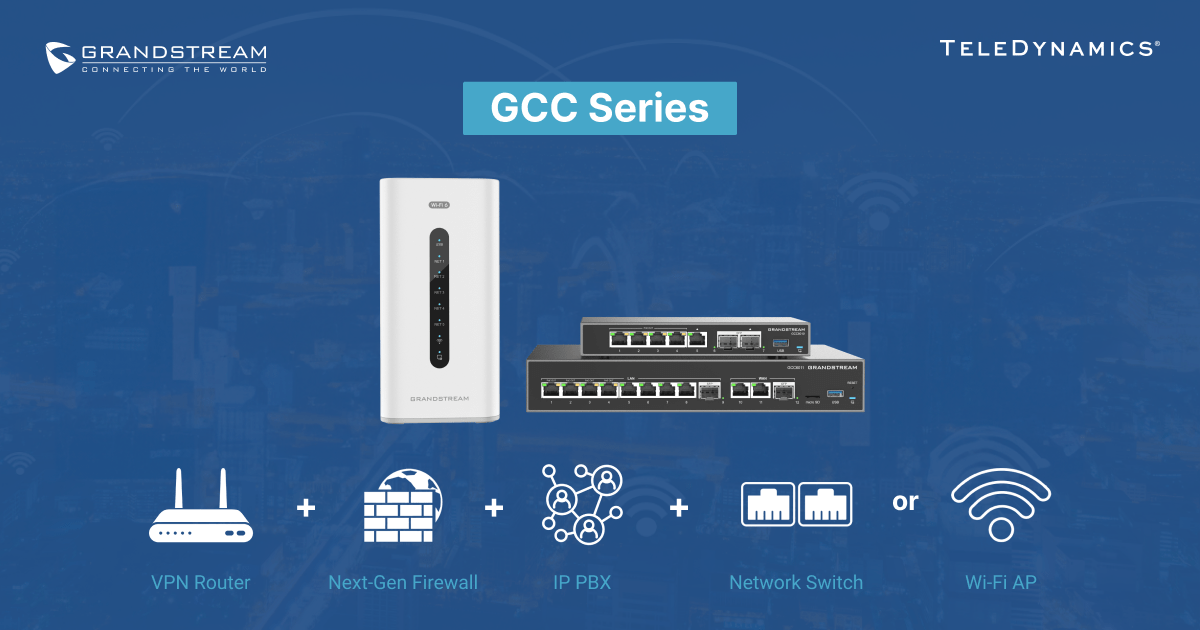When you place a VoIP call or join a video meeting, the experience feels seamless—your voice and video just work. Behind the scenes, however, an invisible framework of computing models is orchestrating that experience, ensuring low latency, high reliability, and scalable performance.
Three of the most important concepts driving this evolution are cloud, edge, and fog computing. Each represents a distinct way of deploying compute power, and understanding their differences is key to building resilient VoIP and UC systems.
In this article, we demystify these models, explain how they shape the future of communications technologies, and show you where each one fits best in real-world deployments.
Read More
Topics:
VoIP,
Trends,
Network Design,
Unified Communications,
WAN Technology,
Network Infrastructure
As more businesses shift to cloud-based communications and remote workforces become the norm, ensuring consistent performance across dispersed sites has become a top priority for telecom and UC providers. For installers and resellers tasked with deploying reliable real-time communications services like VoIP and UC, the choice of underlying network transport can make or break performance.
Multiprotocol Label Switching (MPLS) is not new, but it continues to play a critical role in meeting the low latency, high reliability, and QoS demands of these modern deployments. In this article, we examine the performance of MPLS in supporting real-time communications and why it remains a go-to solution for interconnecting geographically distributed infrastructure.
Read More
Topics:
QoS,
Routers,
Network Design,
Cloud,
Unified Communications,
WAN Technology,
Network Infrastructure
Wireless Internet Service Providers (WISPs) are some of the fastest-growing highly specialized service providers in the telecom sector; their proliferation has been noteworthy both in the United States and worldwide.
The Wireless Service Provider Association (WISPA)'s flagship annual conference and members meeting, WISPAPALOOZA, took place in Las Vegas in October of this year. In this article we provide a summary of some of the key takeaways from the event.
Read More
Topics:
Trends,
Events,
WAN Technology,
WISP
Grandstream’s latest GCC Series of unified communications (UC) and networking convergence solutions offers a range of devices that deliver services, network connectivity, and security features all within one compact and cost-effective unit.
In this article, we review these devices and the capabilities they offer small to medium-sized businesses.
Read More
Topics:
IP PBX,
Grandstream,
Network Security,
Network Design,
Wi-Fi,
Switches,
Unified Communications,
WAN Technology
In previous articles, we've discussed the high reliability of VoIP technology. That said, achieving high reliability is only possible when built into the design of the VoIP network and the underlying network infrastructure supporting the service. One of the fundamental requirements to ensure such reliability is the implementation of VoIP failover. Here's what you need to know.
Read More
Topics:
VoIP,
SIP,
Business Continuity,
Mobile,
Network Design,
Cloud,
SD-WAN,
Unified Communications,
WAN Technology
The concept of the “edge” is important when it comes to networking and telecommunications. There are two concepts in particular that use this terminology: the network edge and edge computing. These are distinct and separate constructs, but they are not entirely unrelated.
In this article, we’ll look at both and see how they differ and how they are interrelated.
Read More
Topics:
Trends,
Mobile,
Network Design,
Cloud,
SD-WAN,
WAN Technology
LoRa delivers some extremely attractive functionalities, especially for a specialized set of applications that are currently experiencing an explosion in growth. LoRa, which is short for “long-range,” is a low-power wide-area network modulation technique. In simpler terms, it is a method of transmitting data using wireless signals over long distances while consuming very low power.
In this article, we look at LoRa as a technology and examine how it is becoming an important enabler for some of the most innovative applications of today and tomorrow.
Read More
Topics:
Wireless,
Trends,
IoT,
WAN Technology
Smart cities use multiple technologies to resolve some of the most complex challenges facing today’s cities. When implemented well, these technologies can truly make a difference in the lives of city dwellers.
In this article, we examine the various technologies involved – including VoIP – and how they can work together to bring about these desirable results.
Read More
Topics:
Wireless,
VoIP,
Software Integration,
Trends,
Mobility (including remote work),
Cloud,
Wi-Fi,
IoT,
Unified Communications,
WAN Technology,
Collaboration
A software-defined wide area network (SD-WAN) is a concept that has been around for over a decade. Even so, there are still many areas of this technology that are difficult to fully understand, especially for administrators and decision-makers whose expertise lies elsewhere. However, it is important for people in management positions to be aware of the benefits of SD-WANs because they are becoming increasingly essential as cloud-based services become more ubiquitous.
In this article, we shed light on SD-WANs and their usefulness in modern networks.
Read More
Topics:
Wireless,
Network Design,
Cloud,
SD-WAN,
WAN Technology
A WAN connection using wireless technology is among the simplest and fastest ways to connect a business to the internet. However, with so many technologies out there, and so many network design and architectural options to deploy, this simple solution can quickly take on a very complex form.
In this article, we hope to simplify the task of sorting through the various choices, allowing you to take advantage of quick, efficient, and often economical wireless options.
Read More
Topics:
QoS,
VoIP,
Network Design,
Wi-Fi,
WAN Technology

















